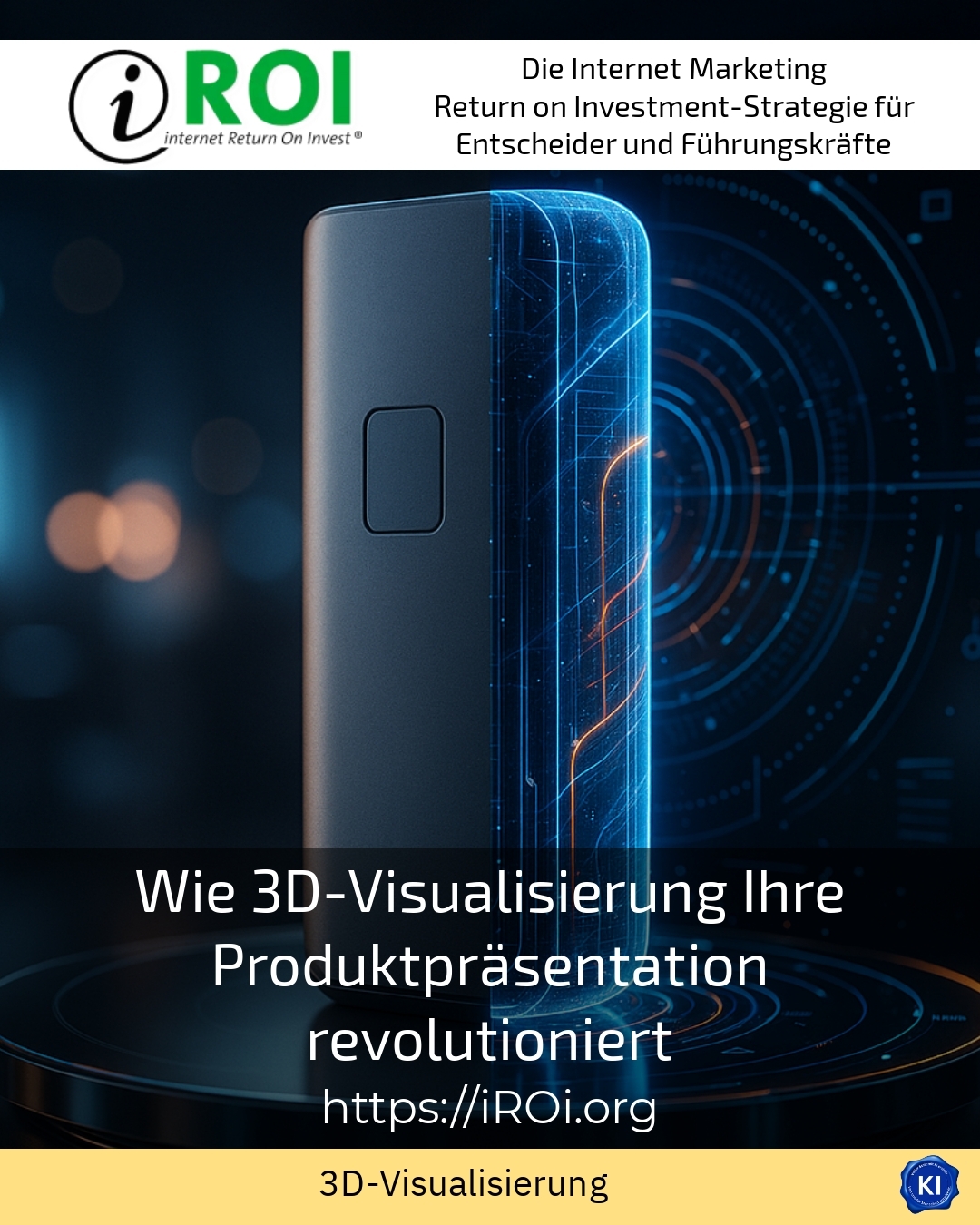3D visualisation has permanently changed the way products are presented. Many companies are using this technology to make their offerings even more appealing and easier to understand. With 3D visualisation, customers can view products from all angles and even experience them interactively. This creates trust and increases interest. For complex or technical products in particular, 3D visualisation is a valuable tool for clearly presenting details and functions.
Flexibility and a wide range of variants
With 3D visualisation, product variants can be created digitally quickly and easily. Furniture manufacturers, for example, can show different colours, fabrics or designs without having to produce physical examples. 3D visualisation is also helpful in the field of technical devices. Different materials or equipment options can be presented with just a few clicks. In the automotive sector, 3D visualisations enable the presentation of many vehicle configurations. Customers can experience their dream vehicle virtually and make individual customisations.
Another example is architecture. Here, buildings and interiors are visualised in 3D so that customers can try out different materials, colours or floor plans. In the field of electronics, 3D visualisations also help to present complex devices and their functions clearly. This allows manufacturers of computers or smartphones to show their products from all perspectives and emphasise important features.
Cost efficiency and time savings
3D visualisation saves companies a lot of time and money. Instead of producing expensive physical prototypes, a product can be tested and optimised virtually. Changes and adjustments can be implemented quickly without having to build new models. This shortens the development time and speeds up the market launch. Time-consuming photo shoots are also no longer necessary because 3D visualisation generates high-quality images directly from the model.
A practical example: a manufacturer of medical devices used 3D visualisation to present different versions of a new device. This allowed customers to see the differences between the variants directly and make their decision without having to wait for physical models. 3D visualisation also saves costs in the area of industrial products because different configurations and adaptations can be shown digitally.
3D visualisation in marketing
In marketing, 3D visualisation is an effective tool for presenting products in an appealing way. Customers can view products from all perspectives and experience them interactively. This increases the understanding and attractiveness of the products. 3D visualisation is particularly convincing in e-commerce because it surpasses traditional photos and descriptions.
One example is the presentation of furniture in the online shop. Here, customers can see the pieces of furniture in different colours and materials and even display them in their own rooms. 3D visualisation also helps to make complex functions and details understandable for technical products such as machines or appliances. This allows customers to familiarise themselves better with the products and make their decision.
Improved communication and customer loyalty
3D visualisation brings products to life and makes them understandable for prospective customers. This is particularly beneficial for products that require a lot of explanation. Customers can view digital 3D models from different perspectives, configure them or even experience them interactively. This creates an emotional connection and increases customer satisfaction.
A practical example: a manufacturer of LED lights used 3D visualisation to show various lighting effects and applications. Customers were able to experience the lights in different scenarios and make their decision. In the field of architecture, 3D visualisations also help to realistically depict buildings and interiors and inspire customers.
My analysis
3D visualisation is revolutionising the way products are presented. It combines flexibility, efficiency and an emotional appeal that significantly improves the customer experience. Companies from a wide range of industries report increased customer interaction and shorter development times. In particular, the ability to show products in detail and realistically before production brings competitive advantages.
Further links from the text above:
How 3D visualisation revolutionises your product presentation
30 great 3D product presentation & visualisation videos
Why 3D visualisation is a must for product presentations
3D product visualisation - advantages, areas of application & examples
3D product visualisation - examples, costs & advantages
For more information and if you have any questions, please contact Contact us or read more blog posts on the topic internet Return on Investment - Marketing here.
















